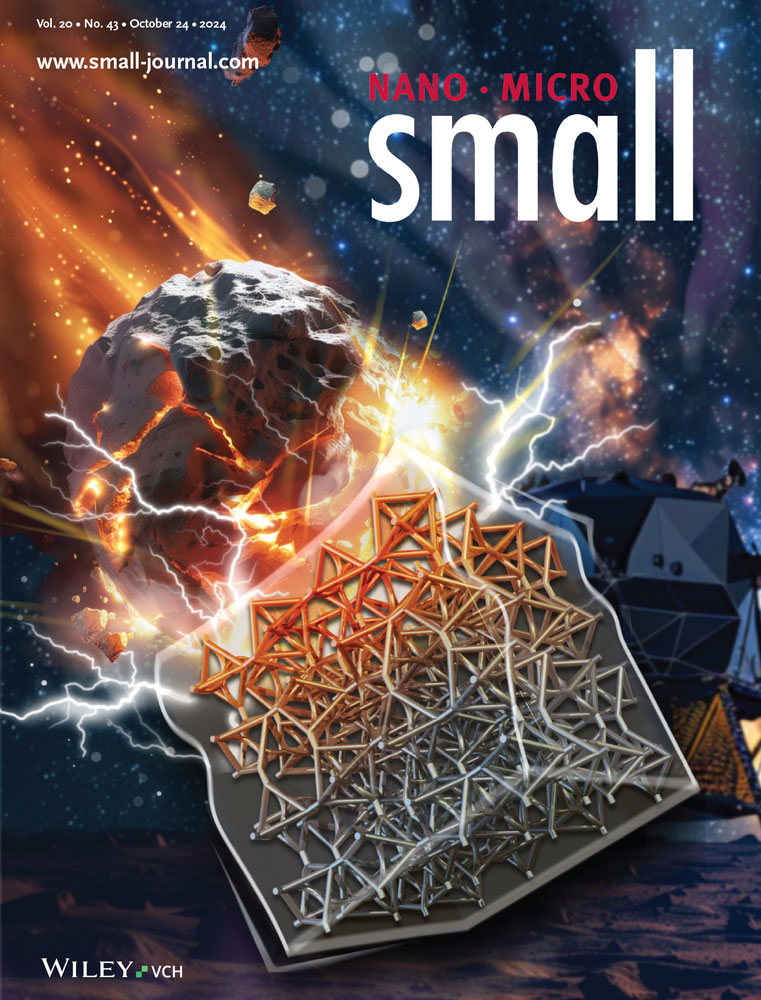Creating CoRu Dual Active Sites Codecorated Stable Porous Ceria Support for Enhanced Li–CO2 Batteries Cathodes
Abstract
Lithium–carbon dioxide (Li–CO2) battery represents a high-energy density energy storage with excellent real-time CO2 enrichment and conversion, but its practical utilization is hampered by the development of an excellent catalytic cathode. Here, the synergistic catalytic strategy of designing CoRu bimetallic active sites achieves the electrocatalytic conversion of CO2 and the efficient decomposition of the discharge products, which in turn realizes the smooth operation of the Li–CO2 battery. Moreover, obtained support based on metal–organic frameworks precursors facilitates the convenient diffusion and adsorption of CO2, resulting in higher reaction concentration and lower mass transfer resistance. Meanwhile, the optimization of the interfacial electronic structure and the effective transfer of electrons are achieved by virtue of the strong interaction of CoRu at the support interface. As a result, the Li–CO2 cell assembled based on bimetallic CoRu active sites achieved a discharge capacity of 19,111 mA h g−1 and a steady-state discharge voltage of 2.58 V as well as a cycle life of >175 cycles at a rate of 100 mA g−1. Further experiments combined with density-functional theory calculations achieve a deeply view of the connection between cathode and electrochemical performance and pave a way for the subsequent development of advanced Li–CO2 catalytic cathodes.
Conflict of Interest
The authors declare no conflict of interest.
Open Research
Data Availability Statement
The data that support the findings of this study are available from the corresponding author upon reasonable request.




